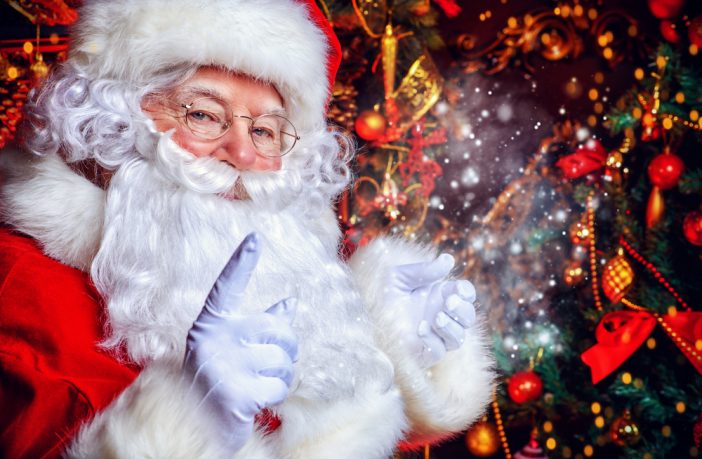Who doesn’t love Christmas? The tree standing proud, adorned with baubles, lights, and surrounded by gifts; the radio singing festive songs, whilst the turkey slowly roasts in the oven; and the family gathered around the television with the grandparents eagerly awaiting the Queen’s Christmas Speech.
Where did it all begin?
Reader in British History at The Open University Faculty of Arts and co-author of ‘The Making of a Modern Christmas’ with J. M. Golby, Bill Purdue, has researched the history of a festival that millions across the globe celebrate and tells us about the origins of the Christmas that we know and love.
“Many are familiar with the strong pagan roots behind Christmas. The ancient pagan rituals of worshipping the sun are strongest in December; the month when the sun is seen to be reborn and starting to rise again – known as the winter solstice. The rituals are rooted in a desire to encourage its return in the winter months, especially for northern Europeans whose winters are darker and longer.”
The festival of the son
“It was in the fourth century that the Church adopted the winter solstice as a Christian celebration, turning the ‘festival of the sun’ into the ‘festival of the son’. Traditional pagan practices were either phased out by the Church or turned into Christian traditions. For example, Pope Julius I chose 25 December as the date for Christmas in an attempt to ‘Christianise’ the pagan celebrations that were already held at this time of year.”
Hedonism and the Middle Ages
“It’s the Middle Ages that reminds us that feasting and indulgence is what it was all about from the start! This was the Golden Age for consumerism and festive cheer.”
In the 17th century, the celebrations were put to an end by Oliver Cromwell and the Puritans whose troops were ordered to force shops to stay open on Christmas day; Christmas decorations were torn down and burned; the festival abolished.
“This didn’t last long; in fact, Christmas played a crucial role in the success of the Restoration. It could be argued, even, that people wanted the king back so that they could have Christmas back!”
A thoroughly modern Christmas
The Victorian era brought with it those traditional scenes that we associate with Christmas – horse-drawn coaches, snowy lanes, and mantelpieces adorned with decorations and stockings.
“The Santa Claus that we recognise today was thanks to the Victorian poet, Clement Moore, and his poem, ‘The Night Before Christmas’.
“As the 20th century drew closer, Christmas began to be repackaged with a focus on family and the home.”
Photo by webmink 



